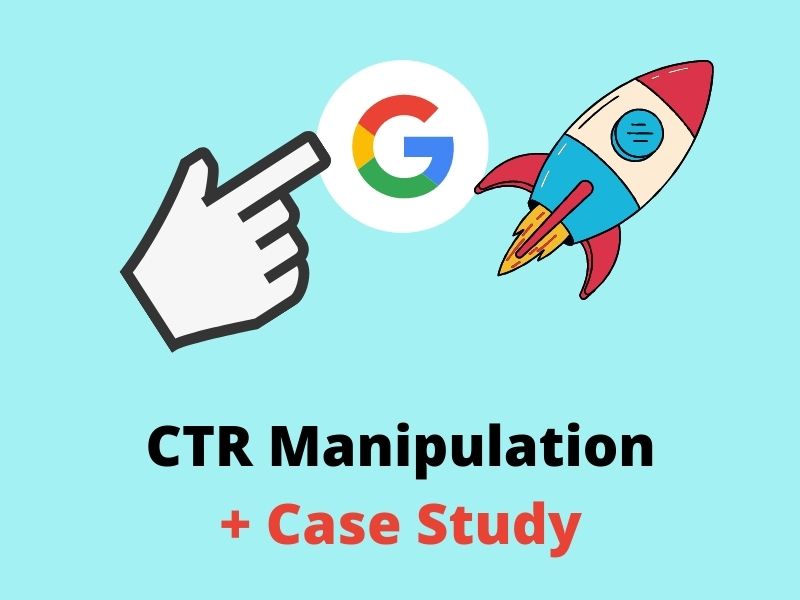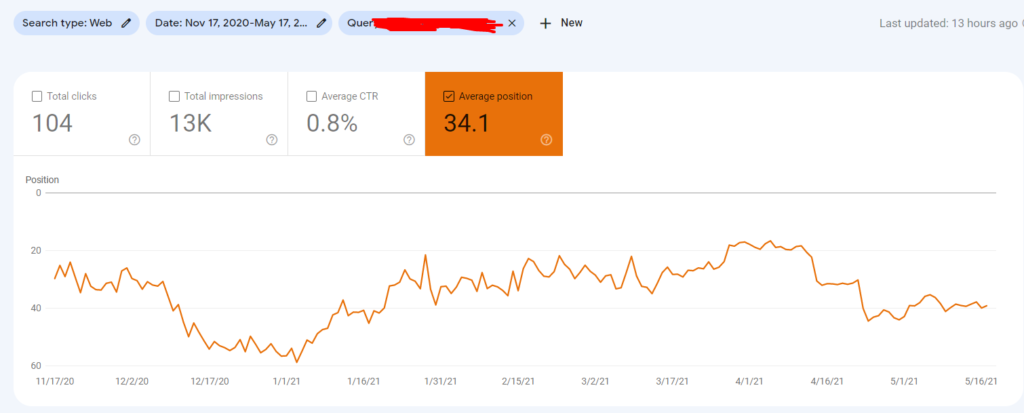CTR Control: A Proven Technique for Better Clicks
The principle of click-through rate (CTR) control has amassed attention as a tactical approach to enhancing electronic marketing outcomes. By employing techniques such as enhanced headlines and targeted visuals, marketers can significantly affect user engagement. However, this elevates crucial moral factors to consider that need to not be ignored. As we explore the details of effective CTR methods, one must contemplate: exactly how can marketing experts stabilize the search of higher clicks with the important of preserving trust fund and trustworthiness in their brand name? The effects of this balance are far-ranging and benefit better exam.
Recognizing CTR Adjustment
Although click-through price (CTR) manipulation can be a controversial topic, understanding its devices is vital for electronic online marketers and platform administrators alike. CTR is the proportion of users that click a certain web link to the total number of users who watch a page, promotion, or e-mail . A raised CTR shows effective material, while a reduced CTR might recommend that enhancements are required.
Adjustment of CTR can take place through different ways, such as changing ad positionings, enhancing headlines, or modifying call-to-action language. These approaches can alter the regarded efficiency of projects, resulting in prospective misinterpretations of customer involvement and actions.
In addition, CTR manipulation can influence algorithm-driven platforms, as these systems typically focus on material based on interaction metrics. Consequently, pumped up CTRs can misguide marketing professionals into thinking that their methods are yielding favorable results, potentially throwing away resources on ineffective campaigns.

Methods for Efficient Adjustment

Another strategy entails utilizing eye-catching visuals. Including premium pictures or videos can attract individuals in, making them more probable to engage with the material. In addition, using A/B screening allows online marketers to try out different variations of ad imagery, duplicate, and calls-to-action to determine which resonates ideal with the target market.

Honest Factors To Consider in CTR Approaches
As online marketers check out various methods to improve click-through prices (CTR), it is necessary to consider the moral implications of these methods. Moral advertising techniques focus on openness, sincerity, and regard for the audience, guaranteeing that users are not deceived by deceitful methods that may generate short-term gains but ultimately damage brand reputation.
One major moral issue develops from using clickbait headings, which assure thrilling web content but provide minimal worth. Such techniques can erode trust between brands and consumers, causing stress and disillusionment. Additionally, using misleading images or adjusting data to create read this article an incorrect story can misstate the real benefits of a service or product, raising questions concerning honesty.
Tailoring material based on customer information can improve involvement, yet it must be done with user authorization and awareness. Striking a balance in between efficient CTR strategies and honest factors to consider is necessary for fostering lasting partnerships with clients.
Measuring the Effect of Adjustments
Measuring the influence of modifications in click-through prices (CTR) is critical for analyzing the effectiveness of marketing approaches. Exact measurement enables marketing experts to identify whether details modifications produce favorable results. To properly examine these changes, it is necessary to develop standard metrics prior to executing modifications. This involves gathering data on CTR, conversion rates, and other relevant performance indications.
When adjustments are made, marketing professionals must utilize A/B screening to contrast the efficiency of various techniques. This approach allows for a controlled setting where one variable is modified while others stay constant, making it possible for a clearer understanding of the adjustments' effect on CTR. Furthermore, segmenting information by target market demographics or channels can give insights into which sections respond positively to specific manipulations.
Normal analysis of these metrics post-implementation is needed to track progress and determine trends. Utilizing tools such as Google Analytics and warm maps can boost this analysis, giving a comprehensive view of individual habits. By consistently measuring the impact of changes, services can make informed choices, maximizing their marketing efforts for boosted involvement and inevitably driving better performance across campaigns.
Long-Term Advantages of CTR Adjustment
The lasting advantages of click-through price (CTR) control expand beyond prompt engagement metrics, cultivating continual growth and boosted brand name presence. By strategically boosting CTR, companies can cultivate a faithful audience base, as greater interaction usually equates to raised count on and reputation. This depend on can help with customer retention, ultimately resulting in greater conversion prices gradually.
Additionally, enhanced CTR signals to online search engine and social platforms that web content is relevant and important, which can improve organic reach. As formulas focus on high-performing web content, brands that continually accomplish raised CTRs are extra most likely to take advantage of boosted visibility in search results page and advised feeds.
In the context of electronic advertising and marketing, a higher CTR can additionally result in lower client procurement expenses. As projects become a lot more effective, services can designate sources much more effectively, optimizing roi.
Final Thought
Finally, CTR adjustment represents a beneficial strategy for improving click-through rates with different strategies such as maximized headings and individualized content. While the possibility for raised engagement is substantial, honest considerations should assist these strategies to ensure depend on and credibility are maintained. By systematically gauging the effect of adjustments and focusing on long-lasting advantages, organizations can properly leverage CTR control to cultivate continual consumer loyalty and assist in brand development in a progressively affordable electronic landscape.
The click this link idea of click-through description price (CTR) manipulation has actually gathered focus as a critical strategy to boosting electronic advertising results.Although click-through rate (CTR) manipulation can be a controversial subject, recognizing its systems is vital for electronic marketing experts and system administrators alike. A raised CTR suggests reliable content, while a reduced CTR may suggest that renovations are essential.
Utilizing tactical techniques for effective CTR control can dramatically improve customer interaction and campaign efficiency.In final thought, CTR control represents an important strategy for improving click-through rates via different methods such as maximized headings and individualized material.